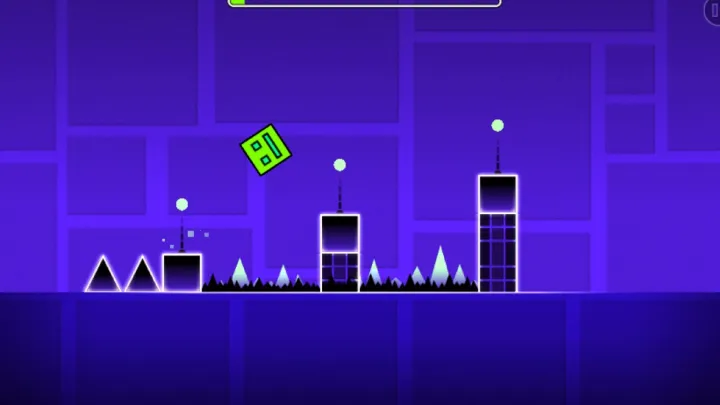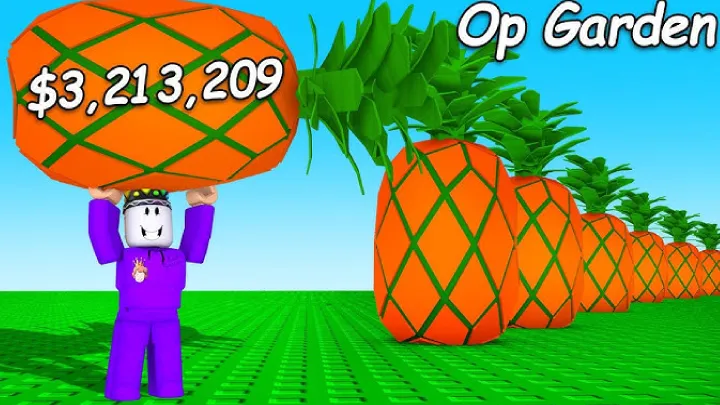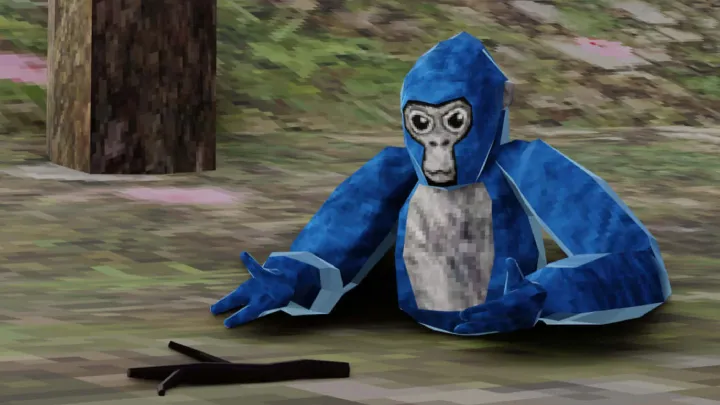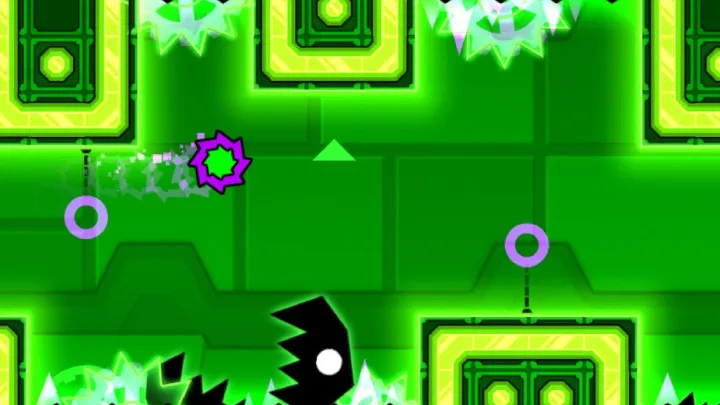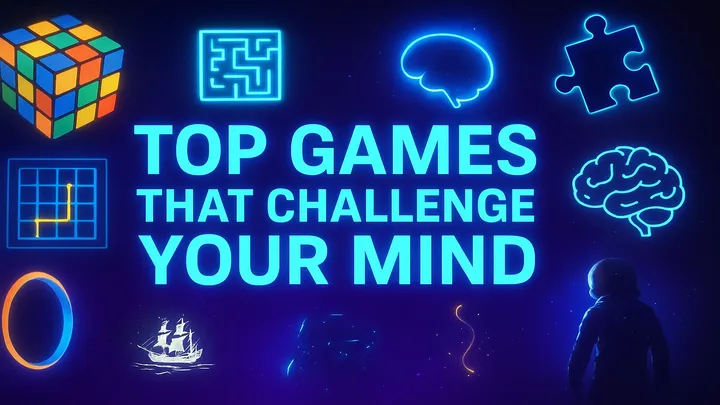Geometry Dash is not a game of reflexes; it is a game of muscle memory, rhythm, and pattern recognition. To the uninitiated, it appears to be a chaotic, unforgiving, and brutally difficult test of reaction time. To the expert, however, it is a dance of perfect timing, a symphony of precise movements executed in harmony with a pulsating soundtrack. This is not a guide for beating an easy level; this is a comprehensive handbook for ascending to the highest echelons of skill. We will dissect the core mechanics, explore advanced techniques, and cultivate the mental fortitude required to conquer the most challenging levels and unlock your true potential.
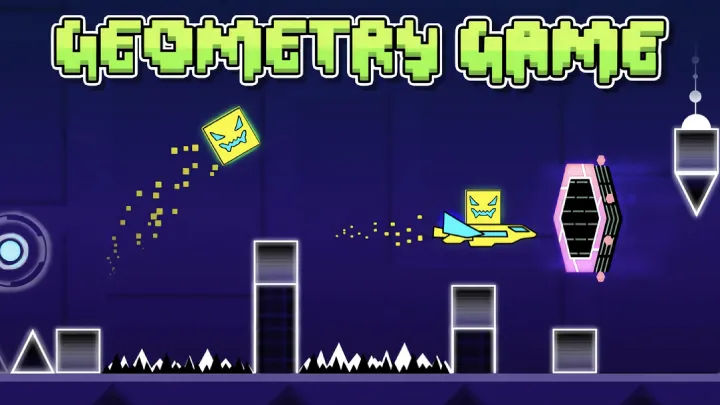
Part 1: The Foundations of Expert Play
Before you can fly, you must first learn to walk. Mastery of Geometry Dash begins not with a difficult level, but with a profound understanding of its foundational principles.
1. The Rhythm-Sync Imperative:
- Don't watch, listen. The most common mistake a novice makes is relying solely on visual cues. The levels are intricately synced to the music. An expert player learns the rhythm of each level. Every jump, every portal, and every transition has a beat. Internalize the soundtrack, and the visual chaos will begin to make sense.
- Practice with the music on. Never mute the music. Use it as your primary guide. The drops, the buildups, and the quiet moments are all carefully choreographed to the gameplay. Your finger should move in time with the rhythm, not just in response to an obstacle.
2. The Principle of Perfect Timing:
- Frame-Perfect Jumps: Geometry Dash is a game of frames. On the most difficult levels, a jump a few milliseconds too early or too late is a failure. An expert practices until their movements are "frame-perfect." This is not about speed, but about precision.
- Release Timing: The act of jumping is only half the equation. The release of your finger is just as crucial. A master knows exactly when to release to land on a specific platform or to clear a precise gap. This is especially true for the ship and wave game modes.
Part 2: Advanced Game Modes and Techniques
The variety of game modes is what truly elevates Geometry Dash. An expert understands the unique physics of each and develops a specialized skill set for every form.
1. The Masterful Cube:
- Micro-jumps: This is a technique for making very small, controlled jumps. Instead of a full tap, a micro-jump is a quick, almost imperceptible press of the screen. This is essential for navigating tight spaces and avoiding low-hanging spikes.
- Orb Timing: Orbs are not just "jump" buttons. An expert knows that the timing of a single orb can affect the rest of a sequence. They tap orbs with the exact amount of force needed to achieve a perfect trajectory.
2. The Art of the Ship and UFO:
- Feathering the Throttle: In ship mode, a novice holds down the screen. A master "feathers" the throttle, tapping rapidly to maintain a precise altitude. This gives you granular control, allowing you to fly through narrow tunnels without hitting the ceiling or floor.
- UFO Bounce Control: The UFO's bouncing physics can be unpredictable. An expert learns to control the height of each bounce by timing their taps. A quick tap results in a small bounce, while a longer press leads to a higher jump.
3. The Precision of the Ball and Wave:
- Ball Momentum: The ball mode is about controlling momentum. A master understands that the ball's direction change is instantaneous. They use this to their advantage, making quick, precise flips to avoid obstacles.
- Wave Angle Management: The Wave mode is arguably the most difficult. An expert doesn't just tap to go up; they use a rhythm of taps and releases to maintain a specific angle. They anticipate the upcoming obstacles and hold or release the button to move diagonally, creating a smooth and controlled flight path.
Part 3: Mindset and Practice Philosophy
Physical skill is only part of the equation. The mental game is what separates the great from the truly elite.
1. The "Flow State" and Focus:
- Eliminate Distractions: Geometry Dash is a game that demands your full attention. An expert plays in a quiet environment, free from distractions. They enter a "flow state," where they are completely immersed in the game and their movements become subconscious.
- Practice with a Purpose: Don't just repeatedly play a level hoping to get lucky. Identify your weak points. Use Practice Mode to isolate difficult sections and master them before attempting a full run. The practice mode is a tool for learning, not a substitute for the real thing.
2. The Science of the "Tilt":
- Managing Frustration: Failure is a constant in Geometry Dash. An expert does not get frustrated. They recognize "tilt" - a state of emotional and mental confusion that leads to poor performance. When you feel the tilt coming, take a break. Walk away from the screen for a few minutes. Your brain needs time to reset.
- Positive Self-Talk: Don't tell yourself, "I'm bad at this." Tell yourself, "I can do this." Positive reinforcement and a resilient mindset are key to overcoming the endless cycle of failure.
Conclusion: From Player to Creator
Geometry Dash is a testament to the power of human perseverance and the elegance of a well-designed challenge. The true master understands that it is not about the destination of completing a level, but the journey of perfecting a skill. By internalizing the rhythm, mastering the nuances of each game mode, and cultivating an unshakeable mindset, you will not only conquer the most difficult levels but also begin to see the game as a blank canvas—an endless opportunity to create your own challenges, push the boundaries of design, and become an architect of precision. This is where your journey truly begins.








